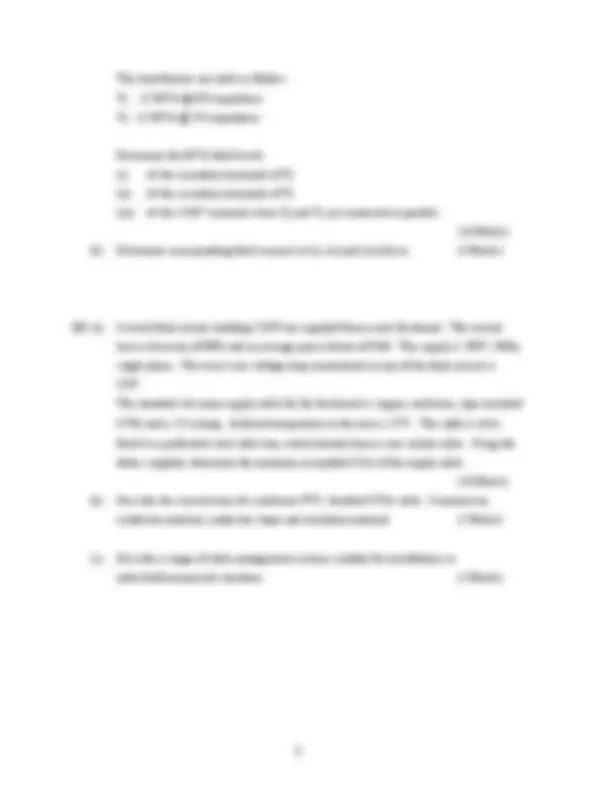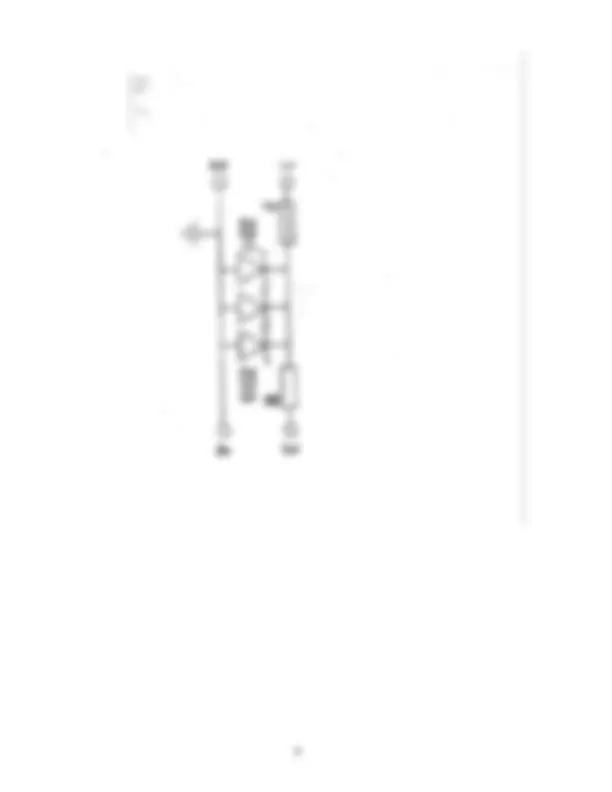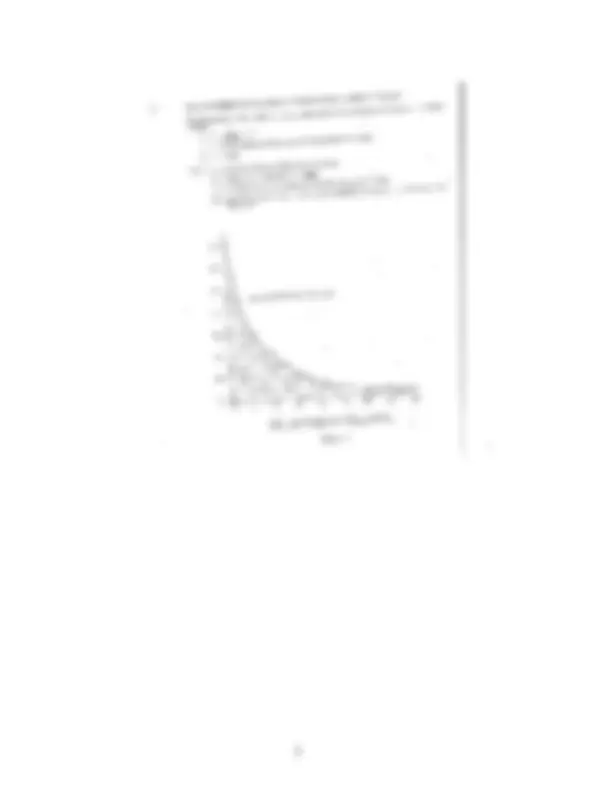





Study with the several resources on Docsity

Earn points by helping other students or get them with a premium plan


Prepare for your exams
Study with the several resources on Docsity

Earn points to download
Earn points by helping other students or get them with a premium plan
Community
Ask the community for help and clear up your study doubts
Discover the best universities in your country according to Docsity users
Free resources
Download our free guides on studying techniques, anxiety management strategies, and thesis advice from Docsity tutors
A past exam paper from the building services engineering degree program at cork institute of technology. The exam focuses on electrical engineering topics, including three-phase ac systems, transformer connections, fault current calculations, and variable speed drives. Students are required to answer five questions within a 3-hour timeframe.
Typology: Exams
1 / 7

This page cannot be seen from the preview
Don't miss anything!




(NFQ – Level 7)
Instructions Answer FIVE questions. All questions carry equal marks. ETC.IRE Booklets required
Examiners: Mr. J. C. Duggan Dr. M. Smyth Mr. D. Leonard
Q1. (a) State the advantages of a three-phase a.c. system (5 Marks) (b) Using phasor diagrams, or otherwise, explain the relationship between line and phase voltages obtained from a star connected three phase source. (5 Marks) (c) A delta connected motor is supplied from a star connected transformer. The line voltage is 400 volts. The motor delivers an output of 30kW while operating at a power factor of 0.85 and an efficiency of 90%. Determine the motor current and the corresponding transformer phase current. (10 Marks)
Q2. A three-phase 415V 50Hz system has the following single phase and three phase loads connected. Single-phase: R (L 1 ) phase – 12 kW at p.f. 0.95 lagging S (L 2 ) phase – 8 kW at p.f. 0.85 lagging T (L 3 ) phase – 10 kW at p.f. 0.8 lagging Three-phase: A balanced three phase load of 15 kW at p.f. 0.9 lagging Determine (i) if the system is star or delta connected. (5 Marks) (ii) the current in each phase (5 Marks) (iii) the neutral current (5 Marks) (iv) the total installed power (5 Marks)
Q3. (a) The impedance of a three phase, 380V 50Hz supply to an industry is represented by
0.00125 + j 0.0065Ω. Cabling to the LV bus-bar increases the resistance by 0.25mΩ. For the safe protection against short-circuit currents it is necessary to determine max fault levels at the intake. Assuming that values of E = 3.95 and F = 1.1 in appendix A exist, determine: (i) The steady state symmetrical fault current, Ik (ii) The initial peak value of the asymmetrical current I (^) p. (16 Marks) (b) Discuss the effects of any large motors on the initial cycles of the fault current. (4 Marks)
Q4. (a) Outline the conditions which may require the soft starting of an induction motor. Briefly show how the voltage reduction is achieved. (6 Marks) (b) With the aid of suitable sketches, outline the essential components of a V.S.D. (variable speed drive) for a squirrel cage induction motor for a typical fan or pump installation. Discuss open loop versus closed loop speed control for such a system. (10 Marks) (c) A motor supplied from a V.S.D. may sometimes be fitted with an independent fan. Explain why. (4 Marks)
Q5. (a) Discuss briefly the need for installing U.P.S. (un-interruptible power supplies). (6 Marks) (b) Outline the essential components associated with: (i) Rotary UPS Plant (ii) Static UPS Plant (8 Marks) (c) Explain the concept, “redundant systems” as applied to UPS systems. (6 Marks)
Q6. (a) Use neat sketches to illustrate the relationship between the component parts of a Building Energy Management System (BEMS). (8 Marks) (b) Write a concise note indicating the benefits of a BEMS. (6 Marks) (c) Communication protocols for BEMS should be standardised. Discuss. (6 Marks)
Q7. (a) A 45 MVA with a 25% impedance supplies a three-phase 10 kV system. Two transformers operating at 10kV / 3.3 kV are connected to this system.